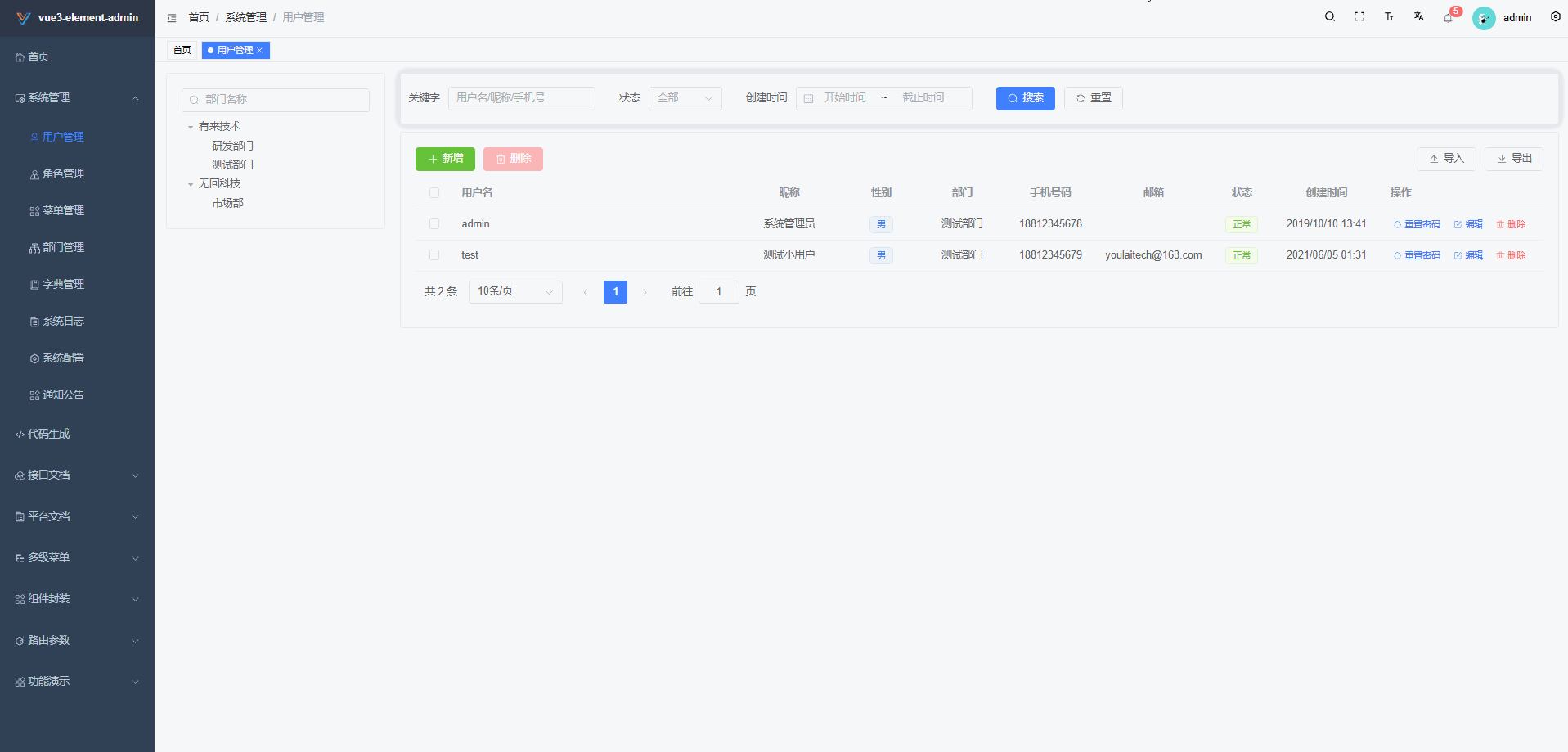1. 登录 chat.openai.com
依次点击 Login ,输入邮箱和密码


2. 点击升级 Upgrade
登录自己的 OpenAI 帐户后,点击左下角的 Upgrade to Plus,在弹窗中选择 Upgrade plan。
如果升级入口无法点击,那就访问这个网址,https://chat.openai.com/invite/accepted
进入支付页面。


3. 复制支付页面网址
在支付页面,复制现在的付款页网址 URL,这一段 pay.openai.com 开头的全部网址,进入我们「一键升级 ChatGPT Plus」页面,提交就可以了。请不要在支付页面填写任何信息,如果填写过,请返回上一步,重新进入这个页面再复制网址。

4. 使用 WildCard 一键升级 ChatGPT Plus/Pro
登录 wildcard, 点击一键升级。
根据自己的需求选择 Plus 还是 Pro

在输入框,粘贴刚刚复制的支付页面的网址,然后点击确定支付并升级。

然后按步骤选择要支付的卡片,一路走下去就可以了。




![[创业之路-300]:进一步理解货币与金钱, 货币与货币政策](https://i-blog.csdnimg.cn/direct/9ddbe0b621a04f13b344d64343d7f00b.png)














